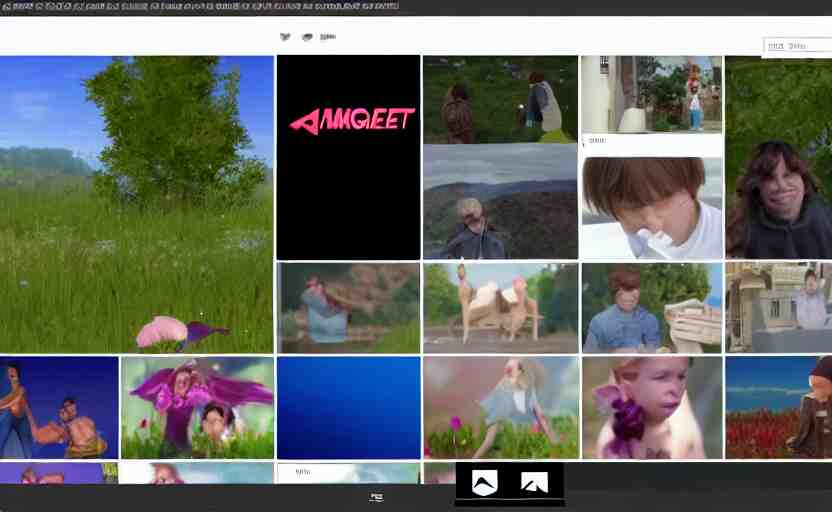What is the API?
The API, which stands for Application Programming Interface, is a set of commands and protocols that allow two software systems to communicate with one another. In this case, the API is the Google Images Search API, which allows developers to integrate Google Images Search functionality into their own websites or applications.
What’s the difference between the Google Images Search API and normal Google Images searches?
The API allows users to perform image searches using the following parameters:
1- Size: You can specify a particular image size for your search by using the parameters height and width.2- Format: You can also choose which format you’d like your results in; PNG, JPG, or WebP.3- Filters: You may also choose which filters you want to apply to your search using parameters like color and format. For example, if you only want to see images in JPEG format with a resolution of at least 300px. Filters are always optional; they only provide more accurate search results when specified!4- Language: You may also specify which language you want your results in using the parameter language.
Googles AIPowered Image Search API will provide users with images that are relevant and related to the ones they’re looking for based on a keyword or phrase that they enter into a search bar. The technology behind these searches is very powerful but these days practically all of us have a smartphone or internet access in our homes so it’s important that we all understand how this technology works because if we don’t we could be missing out on an excellent opportunity to make our businesses more successful!
If a user enters the word “sh
This AI will generate images based on the image URL that you pass to it. Ideal for reverse image search.
To make use of it, you must first:
1- Go to AI Reverse Image Search API and simply click on the button “Subscribe for free” to start using the API.
2- After signing up in Zyla API Hub, you’ll be given your personal API key. Using this one-of-a-kind combination of numbers and letters, you’ll be able to use, connect, and manage APIs!
3- Employ the different API endpoints depending on what you are looking for.
4- Once you meet your needed endpoint, make the API call by pressing the button “run” and see the results on your screen.



